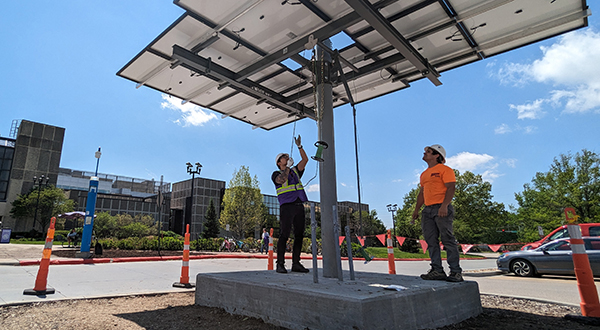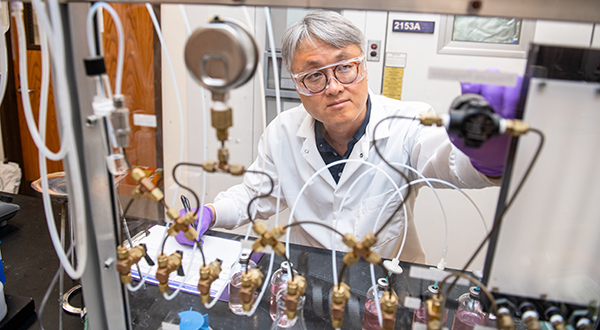K-State leads the way in Kansas in radiation protection research
Research and radon programs at K-State support safer radiation practices.
or the average person, concern about potential radiation exposure likely only comes up when considering dental X-rays or medical scans. Once the procedure is through, worry about radiation typically fades quickly.
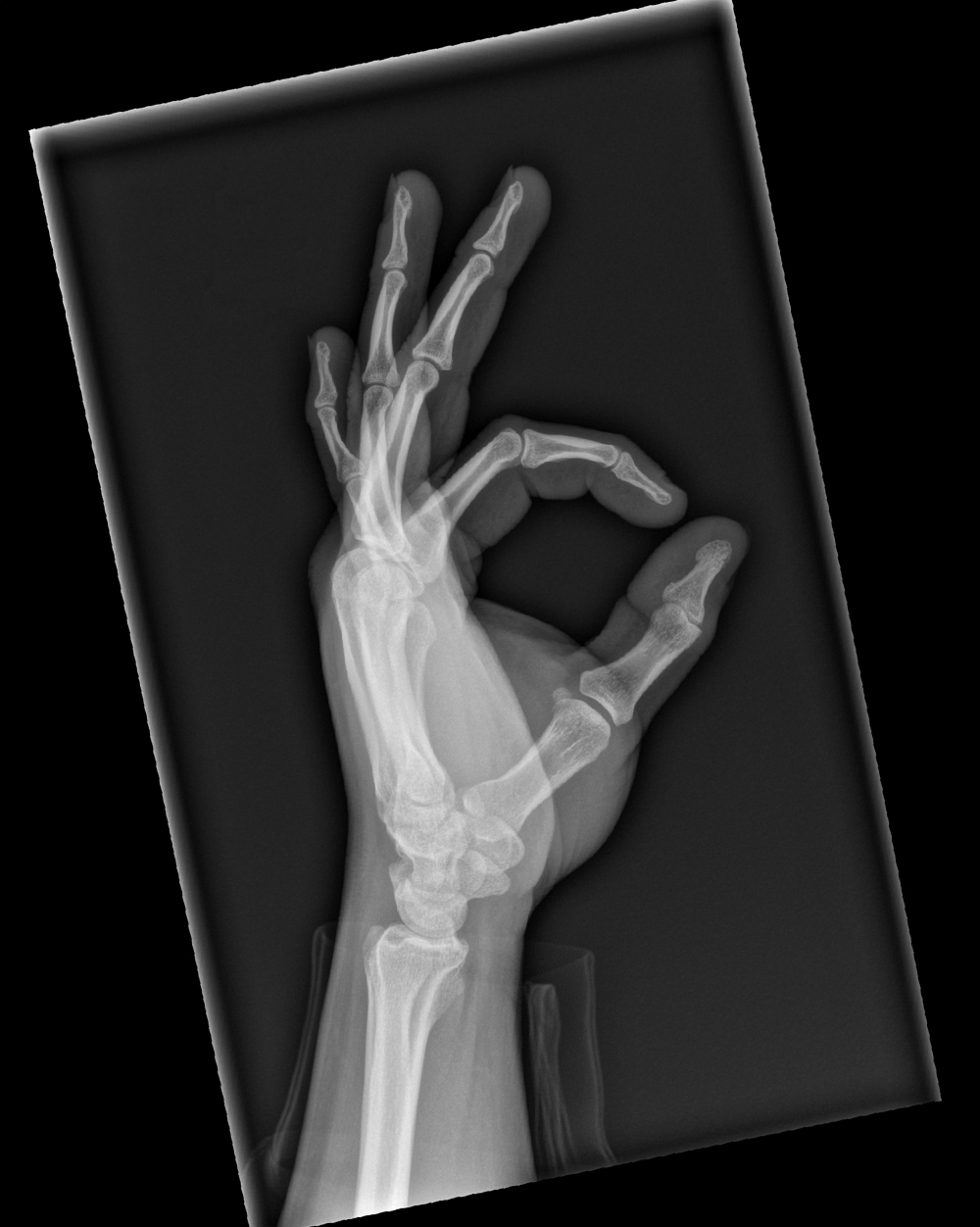
But that doesn't mean radiation exposure isn't still a risk.
Radon, a naturally occurring radioactive gas, can get trapped in homes and other buildings, and people can be exposed without knowing it. This invisible, odorless and tasteless gas is the second leading risk factor for lung cancer behind smoking.
There are also certain careers that involve repeated low-dose exposure to radiation, like airline crews or operators at nuclear power plants.
Researchers at Kansas State University are investigating the ways radiation and radioactive substances impact the health of Kansans and others across the world, and an Engineering Extension team serves as a national leader in radon mitigation resources and education through the university's radon services, including the Kansas Radon Program.
Connecting the dots to identify radiation risk
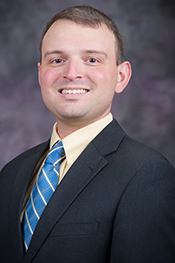
Amir Bahadori
Amir Bahadori, nuclear engineering program director and professor in the Alan Levin Department of Mechanical and Nuclear Engineering, has been studying radiation and its effects for his entire career.
Bahadori's current research aims to take a more holistic view of the effects of radiation on entire organisms rather than examining the effects of exposure on specific cells or organs. He is also focused on the effects of low-dose radiation.
He and his team are involved with the Million Person Study through the National Council on Radiation Protection and Measurements, which is similarly trying to bridge the gap in epidemiological understanding of the health effects experienced by those exposed to radiation at lower doses gradually.
"I want to bring together three major aspects of radiation protection: radiation biology, radiation dosimetry and radiation epidemiology," he said. "These are three areas of high interest to me, as well as the government, because of the increased emphasis on deploying nuclear power to meet increasing energy needs."
According to Bahadori, he and his team are looking at whether the current regulations are the most effective way to implement radiation protection.
The dosimetry aspect involves improving estimates of radiation exposure using simulations and measurements, while the radiation biology component involves understanding the complex biological processes that result in disease. Finally, epidemiological studies can be used to confirm what has been learned through the radiation biology studies and help estimate risks for people who are exposed today and in the future.
Bahadori said he wants to connect the dots from an initial radiation exposure, or repeated exposures, to the ultimate outcome, like a cancer diagnosis, while identifying key events along the way to help identify populations at higher risk.
This research is relevant to those who are exposed to higher doses or undergo radiation therapy, including astronauts; airline passengers, pilots and crews; medical professionals, including technologists and doctors performing procedures, and patients; and nuclear workers, both in the nuclear power sector and the defense sector.
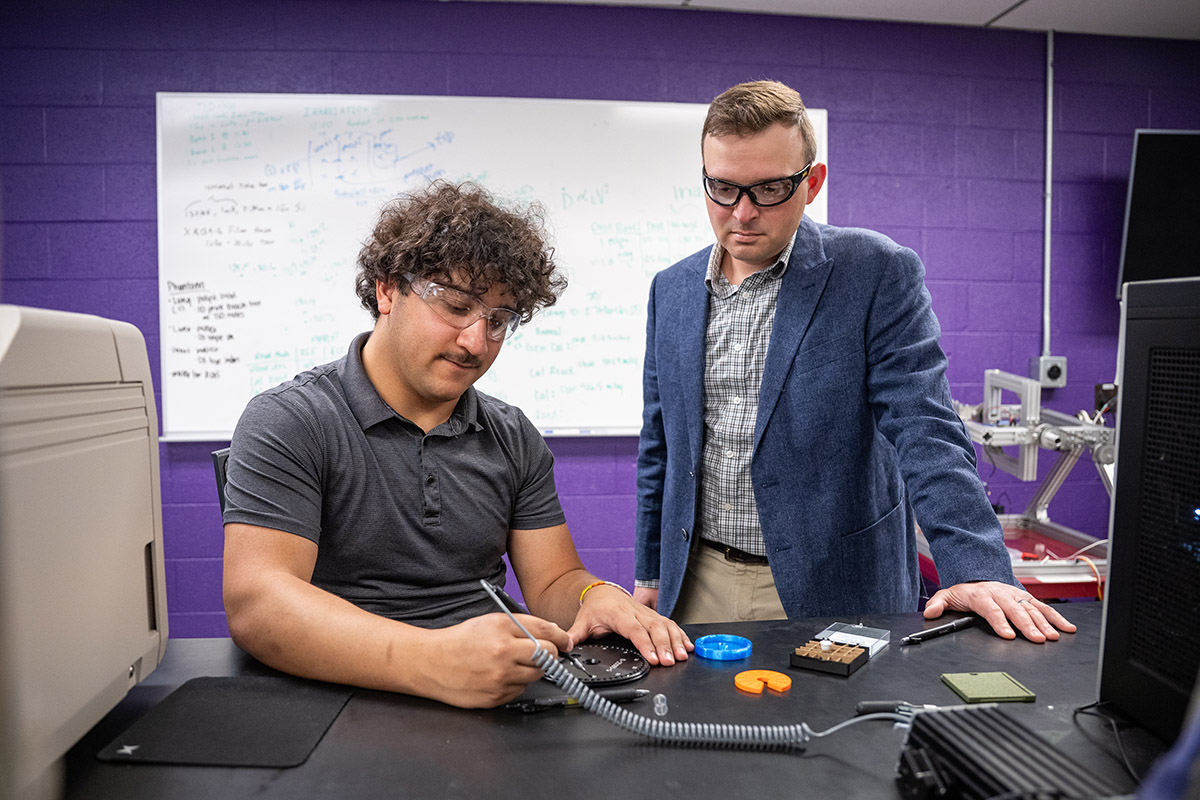
K-State radon programs help protect the public
Anyone who has purchased real estate in the last two decades has likely heard of radon and some of the dangers it presents, but there are still many who are completely unaware of this silent killer.
The four-person team leading K-State's radon programs is working to change that.
The U.S. Environmental Protection Agency began developing a program to reduce radon levels in buildings with the Indoor Radon Abatement Act of 1988. K-State was chosen as one of five regional radon training centers to help jump-start the process, with Bruce Snead, now-retired director of K-State Engineering Extension, spearheading the efforts.
Although three of the five regional radon centers have closed due to retirements, K-State continues to provide radon services.
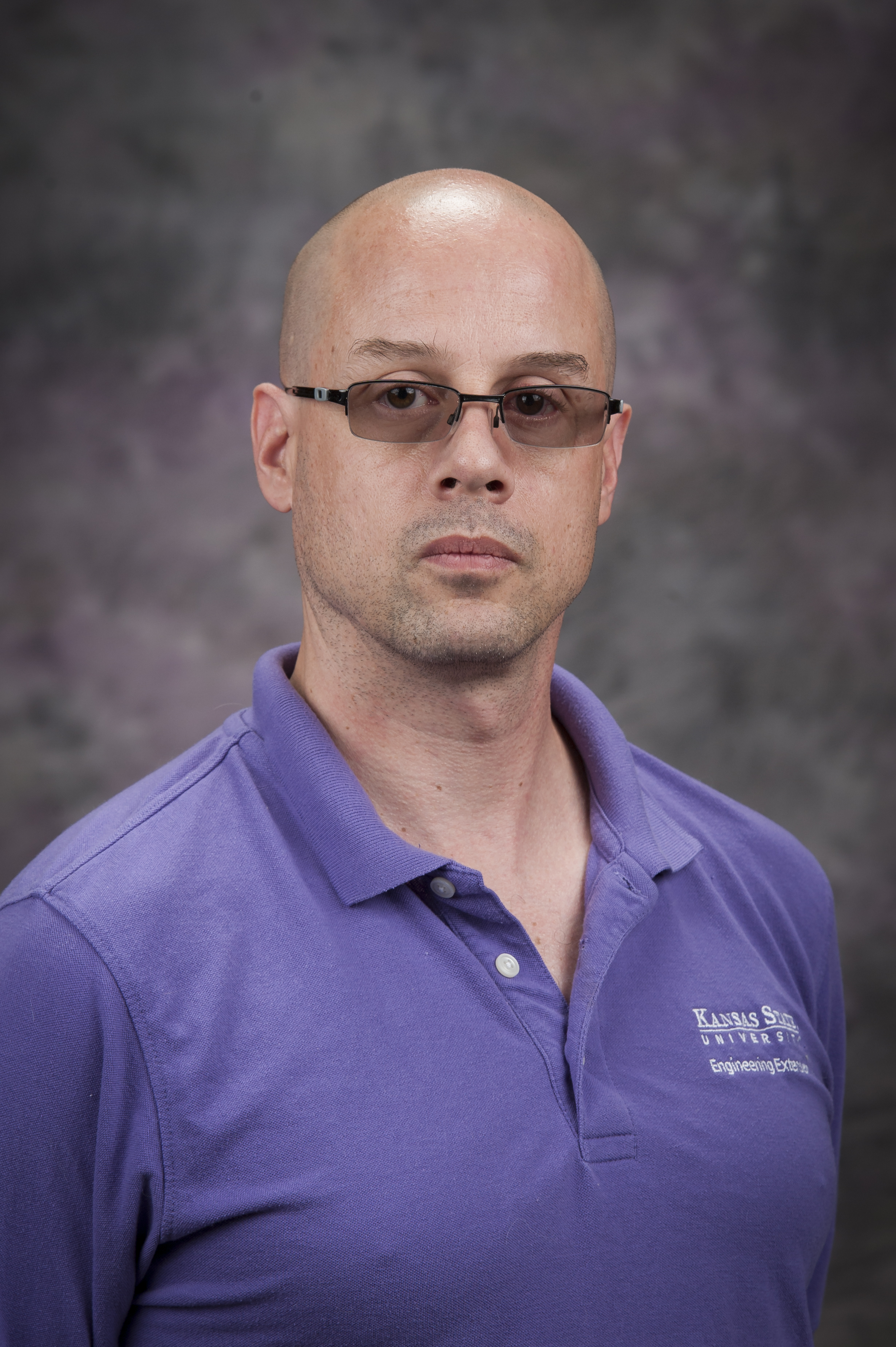
Brian Hanson
Now Brian Hanson leads K-State's radon programs, and he prioritizes educating the public about the hidden dangers of radon.
"From a risk communication standpoint, radon is an interesting creature," he said. "Most smokers accept the lung cancer risk associated with tobacco smoking. That's not something that's controversial for folks anymore. But it's harder for people to wrap their heads around the lung cancer risks associated with a radiological dose that doesn't tell you that it's present.
"No matter what the concentration of radiation in the environment is, the radon doesn't tell you that it's there. You have to assess the environment for that radon."
K-State's radon programs essentially form a one-stop shop for the entire radon industry, with resources designed to bring awareness and assistance to the public as well as specialized training and courses for contractors and other radon professionals.
The group works alongside the EPA to secure grant funding for the bulk of its work, and the team has taken on some of the services other centers were offering as they have closed down, including the operation of the K-State Radon Chamber in Ward Hall on the Manhattan campus.
The team's work includes testing radon-measuring devices, which involves exposing the devices to a specific amount of controlled radon through the chamber to verify their effectiveness and accuracy.
Hanson said he and his team provide quality assurance/quality control services for the industry, including calibrating two of the approximately 20 currently produced nationally accredited continuous radon monitors.
The bulk of their work is in spiking services, where the users of passive devices predominantly used in large buildings like schools and apartment complexes send in a certain number of devices to be tested and analyzed. Devices need to be within 30% of the value they were exposed to in the chamber.
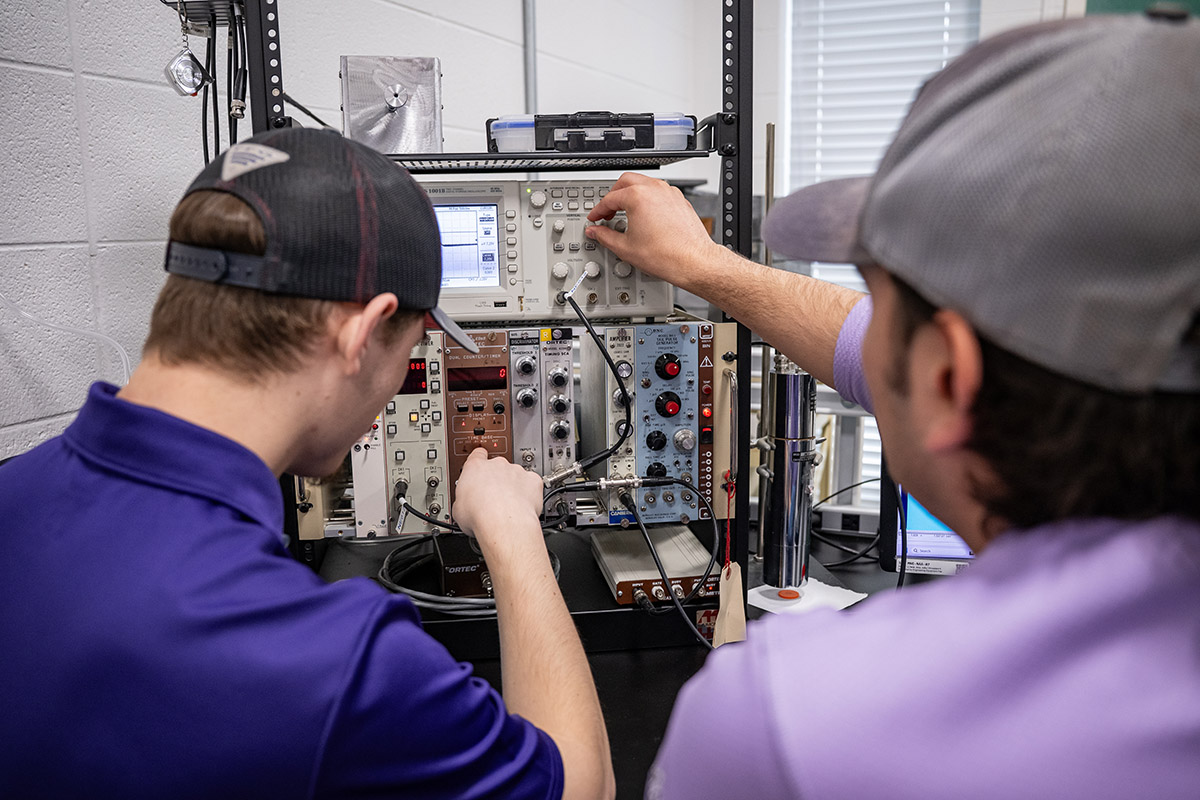
Hanson said the biggest challenge he sees with radon in Kansas is the growth in building construction outpacing the number of mitigation systems being installed — his team has tested more than 200,000 houses since 1989, and they've installed approximately 75,000 mitigation systems in Kansas since 2004.
"The original 1993 risk estimate for Kansas was that one in four houses would be elevated for radon," Hanson said. "When I looked at the census numbers in 2010, there were 800,000-plus houses in the state of Kansas. That's 200,000 in 2010, and we've built a whole lot more houses since then."
K-State's radon programs continue to make strides toward a safer future in radon and radiation, and every step counts.
Hanson and his team remain a resource for educating radon professionals, testing and certifying detection equipment, and selling test kits for consumers. They also operate a national radon hotline that fields more than 10,000 calls each year from the public and other stakeholders.
With the help of K-State's radon programs, Kansans can understand and take action on radon safety issues. Want to learn more? Contact the Engineering Extension team at engineeringext@k-state.edu or 785-532-6026.
###
Media contact: Division of Communications and Marketing, 785-532-2535, media@k-state.edu
Website: mne.k-state.edu/; engext.k-state.edu/radon/
Photos available: Download portrait photos of Amir Bahadori and Brian Hanson. Download horizontal photos: Photo 1; Photo 2.
Written by: Grant Guggisberg, grantg@k-state.edu
Get K-State news in your inbox
Subscribe to receive K-State news directly to your inbox every Monday.


